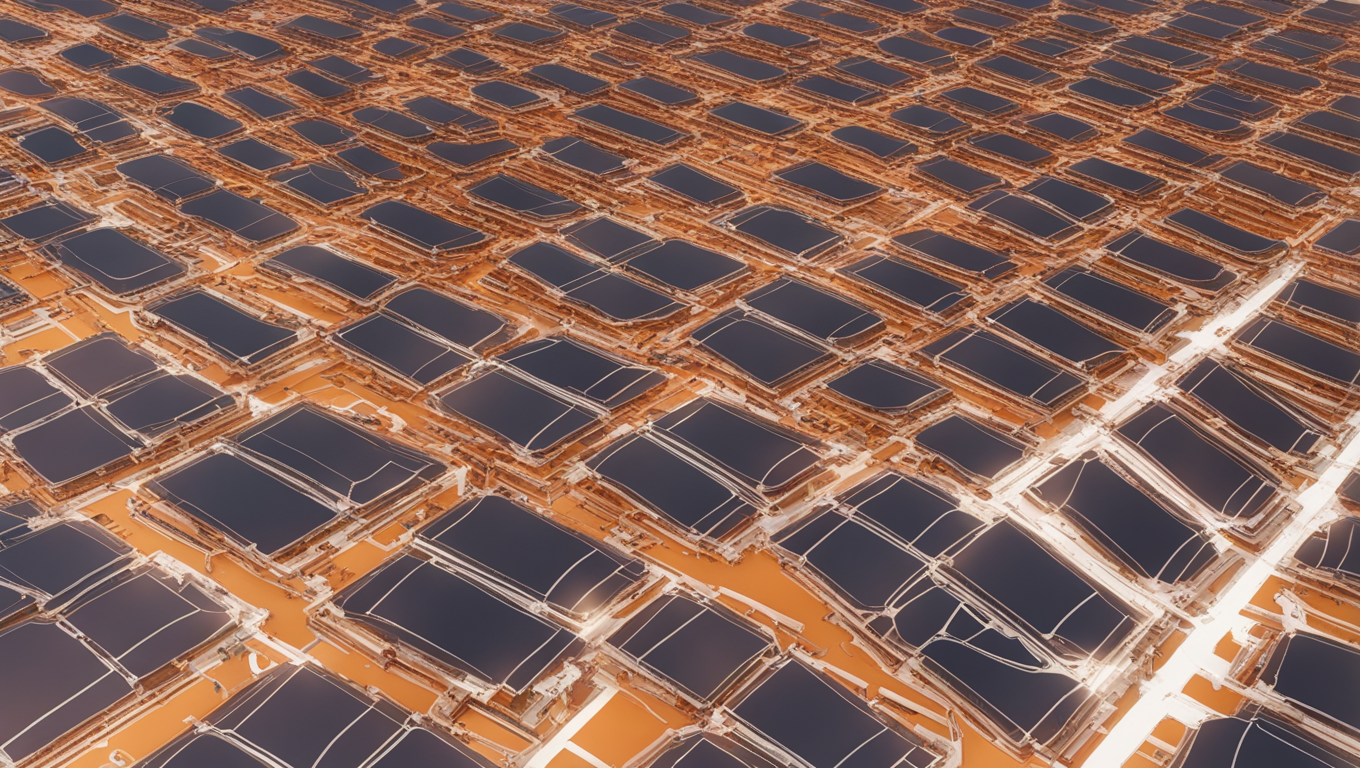Artificial intelligence (AI) is revolutionizing the production of solar cells by unlocking the potential of a “miracle material” called perovskite. Scientists have long been excited about the possibilities that perovskite tandem solar cells hold, as they offer a dramatically higher efficiency of over 33% compared to conventional silicon solar cells. Additionally, perovskite tandem cells are made from inexpensive raw materials and can be manufactured relatively easily. However, engineers have faced challenges in producing these cells cheaply and at scale due to the complexity of creating a thin, high-grade layer of perovskite.
Traditionally, improving the efficiency of perovskite tandem cells has relied on a gradual process of trial and error. Engineers would manually analyze video recordings to understand how different layers worked and experiment with various possibilities. This method was time-consuming and lacked a clear explanation for the variability in results. But now, scientists have made a breakthrough by developing an AI system that can analyze and identify the hidden signs of good and bad coatings on perovskite layers.
By training the AI system to recognize these signs, researchers were able to gain a better understanding of how to improve production efficiency. Ulrich W Paetzold, a researcher from the Karlsruhe Institute of Technology, describes these results as “extremely exciting.” With the help of AI, scientists now have a solid clue about which parameters need to be changed to enhance the manufacturing process. This allows for more targeted experiments and eliminates the need for blindfolded searches in a haystack. The success of this AI-powered system serves as a blueprint for follow-up research that can be applied to multiple aspects of energy research and materials science.
The breakthrough research, titled “Discovering Process Dynamics for Scalable Perovskite Solar Cell Manufacturing with Explainable AI,” has been published in the journal Advanced Materials. This study not only represents a significant advancement in solar cell production but also demonstrates the potential of AI in accelerating scientific discovery and innovation.
AI has become an invaluable tool in various fields, and its application in solar cell production is yet another example of its transformative power. As technology continues to advance, harnessing the potential of AI will undoubtedly lead to further breakthroughs, enabling us to overcome longstanding challenges and pave the way for a cleaner and more sustainable future.





Use the share button below if you liked it.